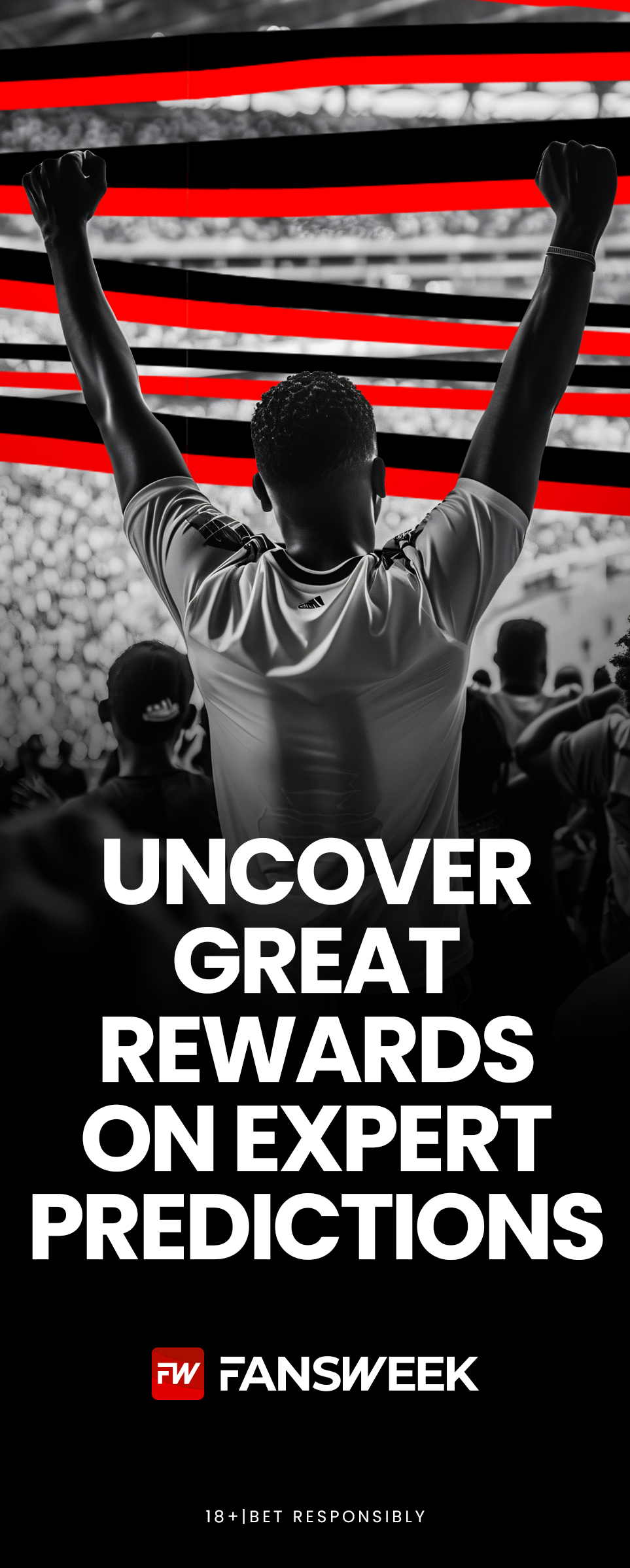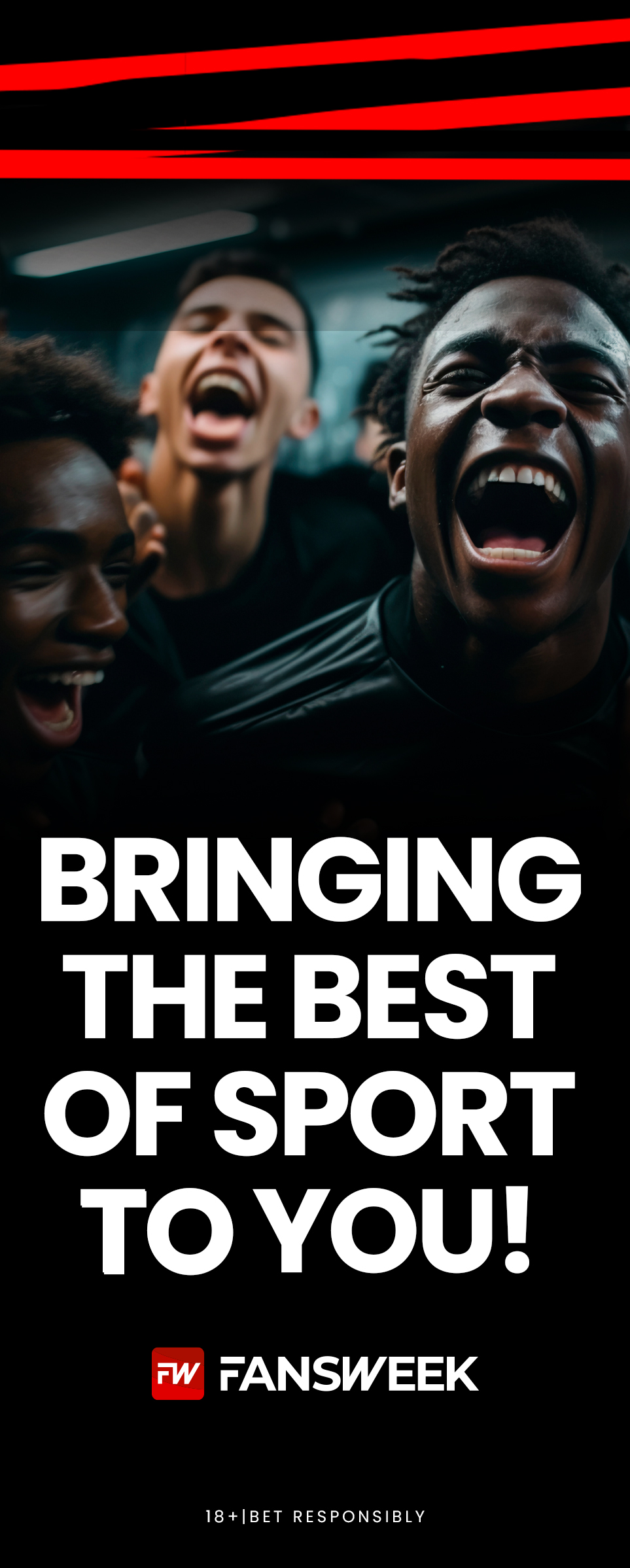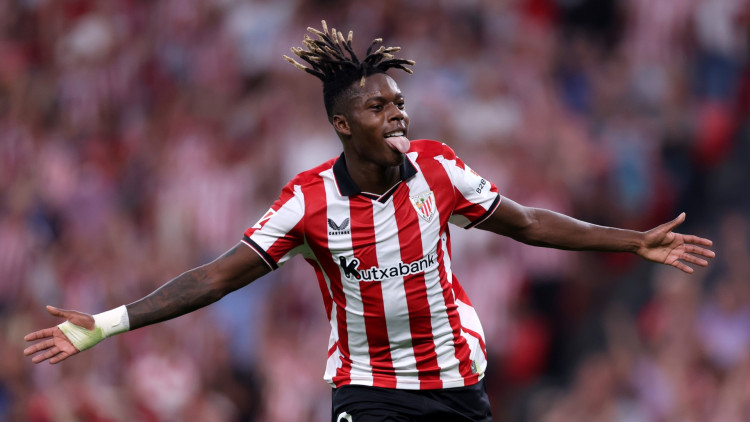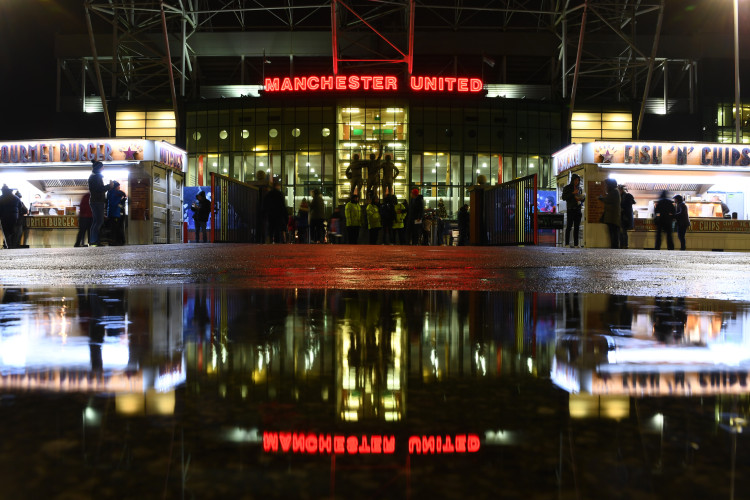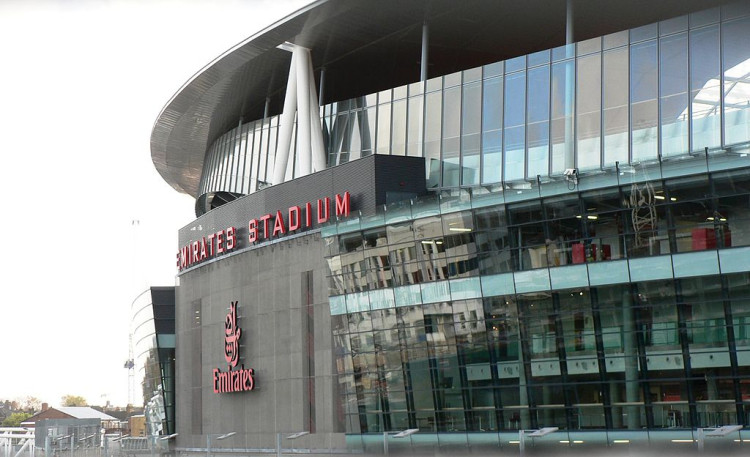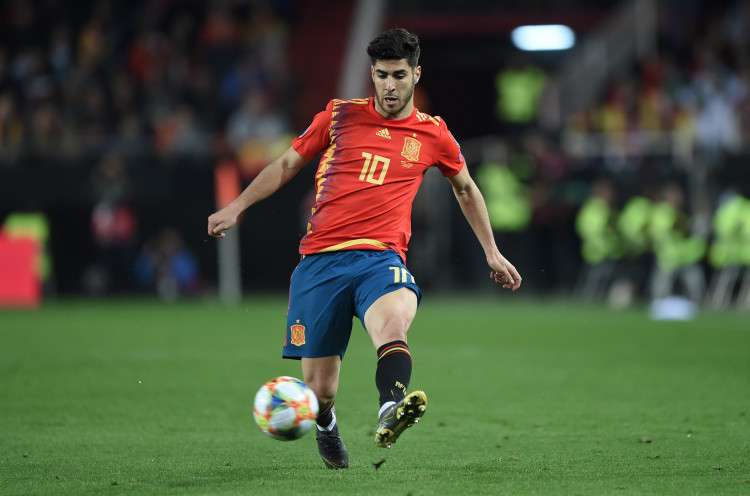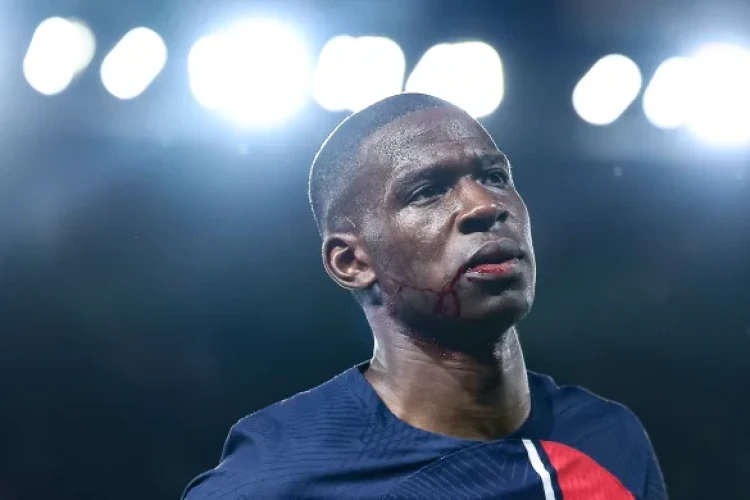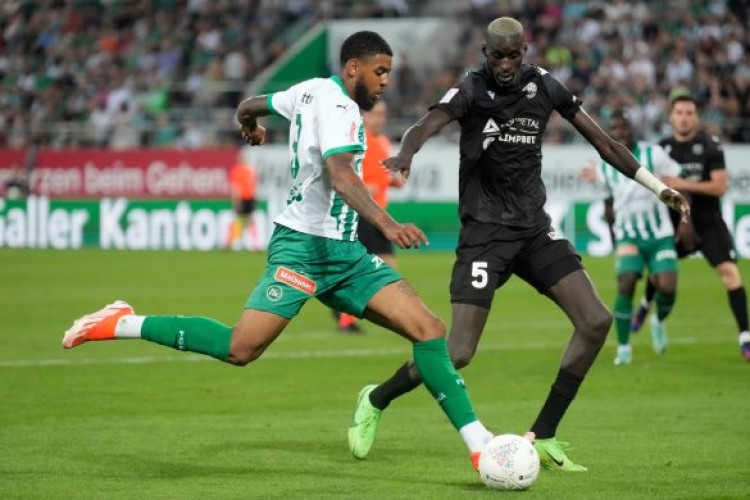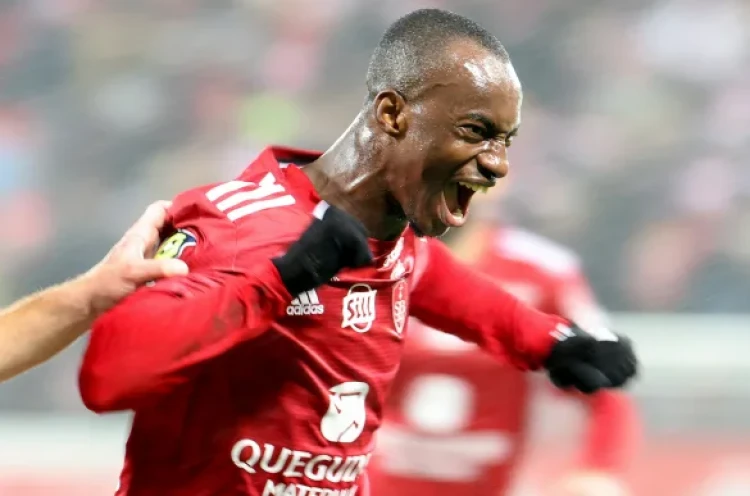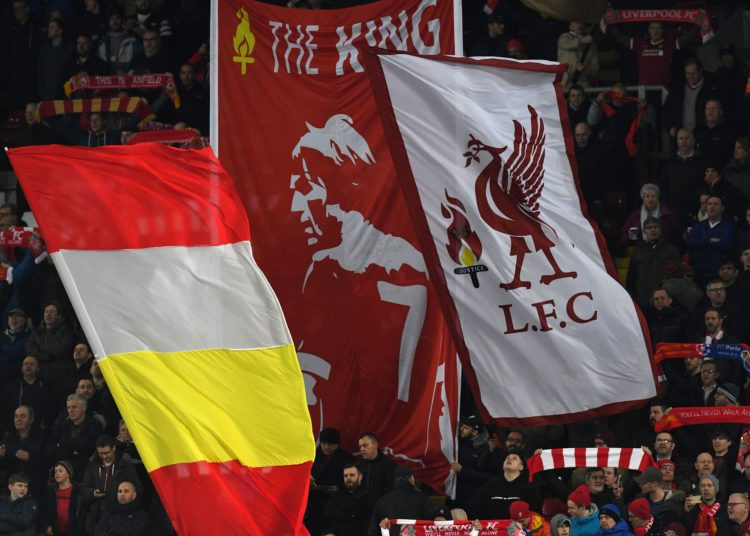
Why Liverpool Are Still Not Equipped to Win the League Despite Big Spending This Summer
This summer’s transfer activity at Anfield has reignited hope and feverish debate among Liverpool fans and football pundits.
Jeremie Frimpong, Florian Wirtz, Hugo Ekitike, and Milos Kerkez headline an aggressive recruitment drive by Liverpool, with rumours swirling about further attacking reinforcements such as Alexander Isak. The Reds have spent vast sums, chief among them the €116million shelled out for Wirtz.
On paper, competition in wide areas and an increasingly lethal forward line make Arne Slot’s squad one of the most exciting in Europe. Yet there remains a nagging feeling, and mounting evidence that Liverpool, for all their spending, still lack one critical component to truly compete for the Premier League title.
Transfers galore, but not where needed most
No one can accuse Liverpool’s recruitment team of inactivity. Jeremie Frimpong’s arrival strengthens right-back, replacing Trent Alexander-Arnold; Milos Kerkez offers genuine depth at left-back, and Hugo Ekitike is a goal threat capable of playing across the frontline. Florian Wirtz brings a rare creative spark and directness in the final third, and, if realised, Alexander Isak would add physicality and x-factor upfront.
Depth has improved across several positions, especially attack and the flanks, precisely areas where top sides thrive. But what of the midfield? Arne Slot’s preferred trio, Alexis Mac Allister, Ryan Gravenberch, and Dominik Szoboszlai, have technical quality and passing range. What they lack is the steel, positional discipline, and destructive power of a true defensive midfielder.
The Crux: midfield balance and defensive cover
Last season, Liverpool’s midfield was often overrun, especially against robust, athletic opposition. Ryan Gravenberch, talented though he is, was pressed into service as a deep-lying controller, responsible for instigating attacks and shielding the defence. He showed class at times but was easily out-muscled in European clashes, most notably against PSG in the Champions League, where his lack of elite defensive instincts was ruthlessly exposed.
Fast forward to the new campaign. Liverpool opened their Premier League defence with a thrilling 4-2 win over Bournemouth, but underneath the headline score, old frailties lingered. Antoine Semenyo scythed through Liverpool’s midfield to score twice, including a remarkable 60-yard solo goal.
Ibrahima Konate and Virgil van Dijk faced criticism for failing to track his run, but the bigger issue was Semenyo’s freedom to burst through midfield without being challenged. The midfield trio, for all their guile, simply did not offer enough resistance against powerful runners.
Similarly, in the FA Community Shield tie against Crystal Palace, Liverpool’s midfield was again exposed, too easily bypassed and unable to break up attacks effectively. Despite their attacking prowess, Liverpool’s inability to consistently suppress opposition counter-attacks was glaring.
Why specialist defensive midfielders matter
Modern Premier League sides demand balance. Arsenal, Manchester City, and Chelsea deploy elite defensive midfielders: Declan Rice, Rodri, and Moises Caicedo, respectively. These are specialists, not merely creative deep-lying passers, but physically dominant enforcers who can break up attacks, protect the back four, and win midfield duels.
Liverpool’s summer incomings have avoided addressing this deficiency. While Alexis Mac Allister is technically sound, he lacks the positional awareness and tackling aggression to marshal the base of midfield against England’s best teams. Dominik Szoboszlai is dynamic but not a holding player. This persistent issue, highlighted repeatedly last season, has not been remedied in the transfer window.
Tactical Analysis: Arne Slot’s style and its limitations
Under Arne Slot, Liverpool have shifted towards a more possession-oriented approach, moving away from Klopp’s “heavy metal” gegenpress. While this makes sense given the personnel, it has exposed the lack of specialist defensive cover in midfield. The pressing from the wingers is not as aggressive; Cody Gakpo does not screen opposition ball-carriers; and Alexis Mac Allister, when pressed into defensive duties, is often left marking players between the lines rather than directly contesting the most dangerous threats.
When teams break Liverpool’s initial press, the midfield rarely has an answer. Few runners are tracking back, and no player to consistently winning second balls or shielding the defence effectively. This explains why Liverpool were outnumbered in transitions last season, and why the pattern has persisted into the new campaign.
Comparisons with rivals: Where the gap remains
Arsenal, Manchester City, and Chelsea have all built squads around balance. Declan Rice gives Arsenal power and control; Rodri is arguably the best in his position worldwide; Moises Caicedo is a ball-winning machine for Chelsea. These are the kinds of players who change the complexion of big games; they dictate tempo, plug defensive gaps, and allow attacking teammates to flourish.
Liverpool’s refusal to pursue or land such a specialist leaves them open at the base of midfield. The club has persisted with a rotation of Alexis Mac Allister, Ryan Gravenberch, and Dominik Szoboszlai are all quality footballers, but none a true defensive anchor. The team looks exciting going forward, yes, but vulnerable when required to dig deep and grind out hard-fought wins.
The Psychological Dimension: Patterns and Belief
Footballers, like teams, are creatures of habit. Liverpool’s repeated struggle to control games from deep has become part of their identity. The lack of a reliable shield in midfield creates uncertainty among defenders, especially under sustained pressure. This is compounded in high-stakes matches, where transitions can decide outcomes.
Arne Slot’s system needs a player who thrives in chaos, someone to break up attacking moves, organise the press, and impose physicality. Without that, Liverpool’s flair risks being nullified in crunch moments.
Squad depth does not always produce champions
Liverpool’s bench is deep; they can rotate attacking options and full-backs with ease. But titles are won with balance and structure, not brute force or creative depth alone. Central defence is another potential vulnerability, should injuries strike. Yet even with Ibrahima Konate and Virgil van Dijk fit, it is the lack of midfield cover that will likely be exploited by determined opponents.
In the end, the summer’s transfer spending has provided Liverpool with weapons but not armour. While the arrival of Florian Wirtz, Jeremie Frimpong, Milos Kerkez, and Hugo Ekitike will win games and excite fans, big matches are often decided in the engine room, where Liverpool remains conspicuously under-equipped.
What needs to change?
Unless Liverpool act in the next weeks to sign a true specialist defensive midfielder, a player capable of anchoring their midfield against the dynamism of England’s top teams, their title challenge will likely falter. Arne Slot’s side will thrill, yes, and may produce several jaw-dropping performances, but consistency and resilience across a 38-game season will require more than technical brilliance.
For Liverpool, it is not too late to solve the problem. Yet until they do, fans and rivals alike will know where their weakness lies: the absence of a specialist to break up play and add steel in the middle of the park.
In summary, Liverpool’s summer spending has made them stronger, deeper, and more exciting. But unless they fix the persistent lack of a specialist defensive midfielder, they remain outsiders in the race for the Premier League crown.

